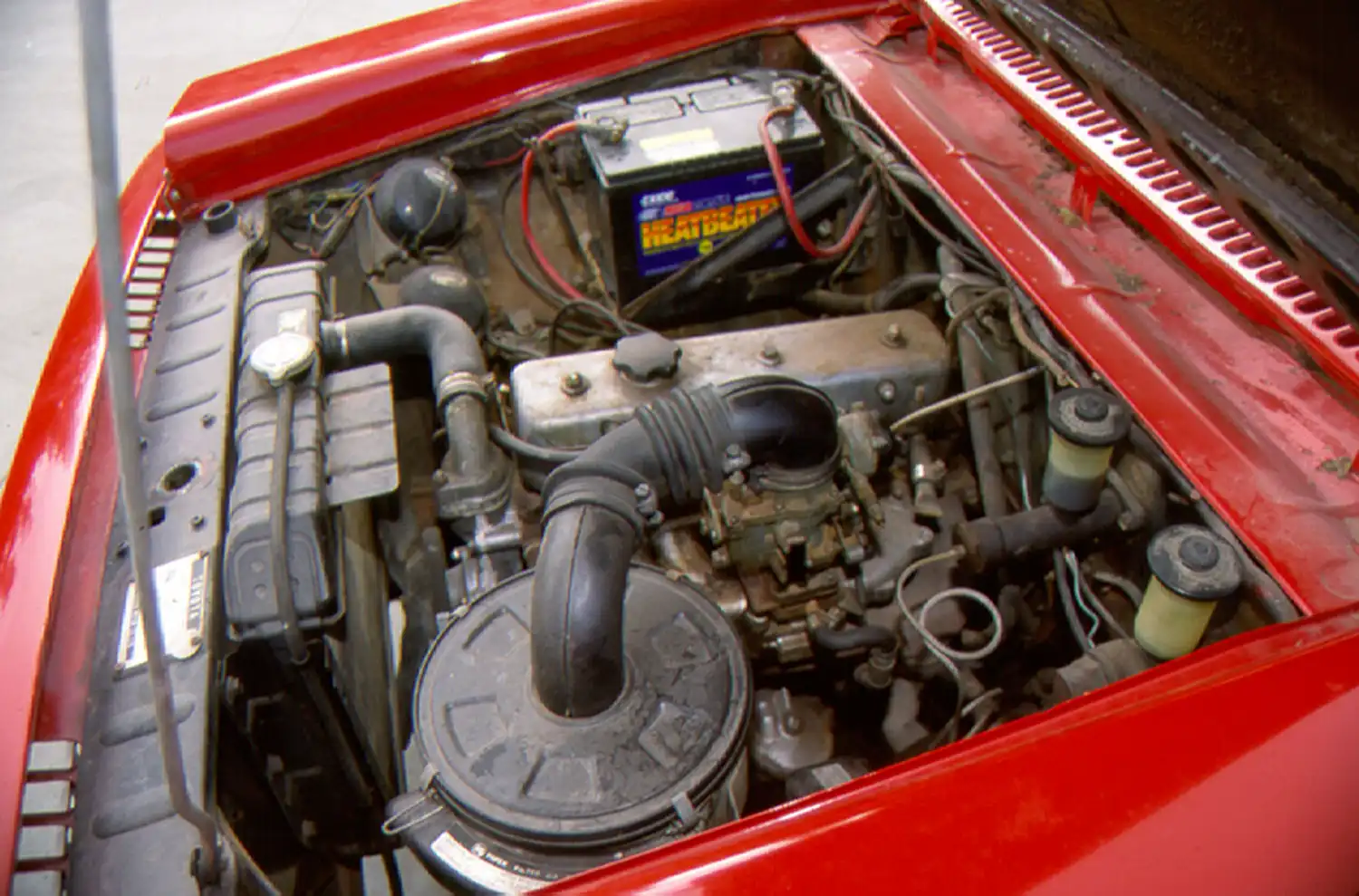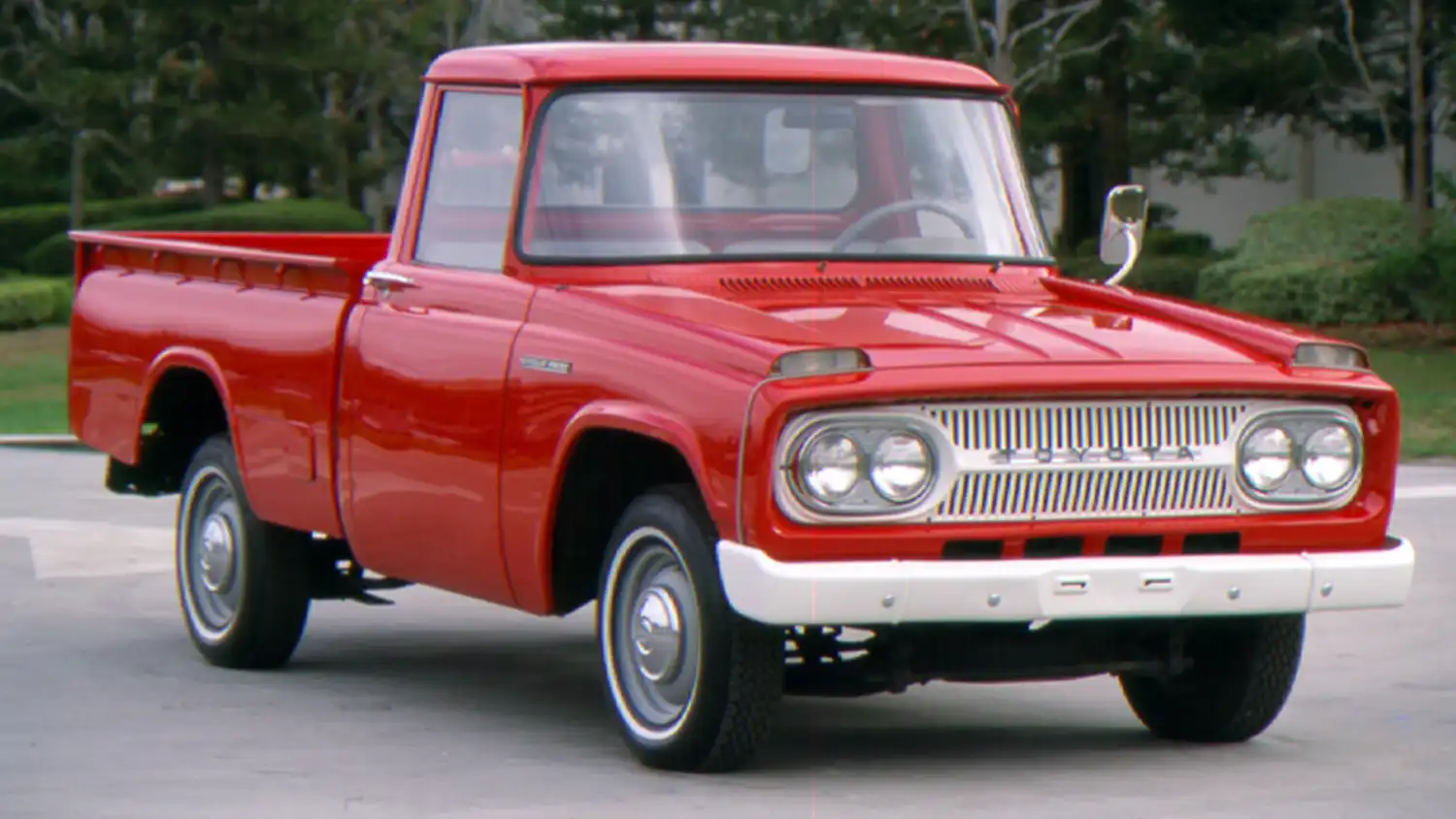
Have you ever wondered about the origins of Toyota’s legendary trucks? Before the Hilux and Tacoma became household names, there was a foundational vehicle that paved the way. We are talking about the 1964-1967 Toyota Stout, a pioneering pickup that truly established Toyota’s reputation for durable and reliable workhorses. This period of the Stout’s history is a fascinating journey into how a simple utility vehicle helped shape an automotive giant.
Humble Beginnings and a Bold Vision
The story of the first-generation Stout in the mid-1960s is one of quiet determination. While it wasn’t an overnight sensation in all markets, its design reflected a clear purpose. Toyota aimed to create a truck that was both practical for daily work and surprisingly nimble for its size. Therefore, they built it to be tough and dependable.
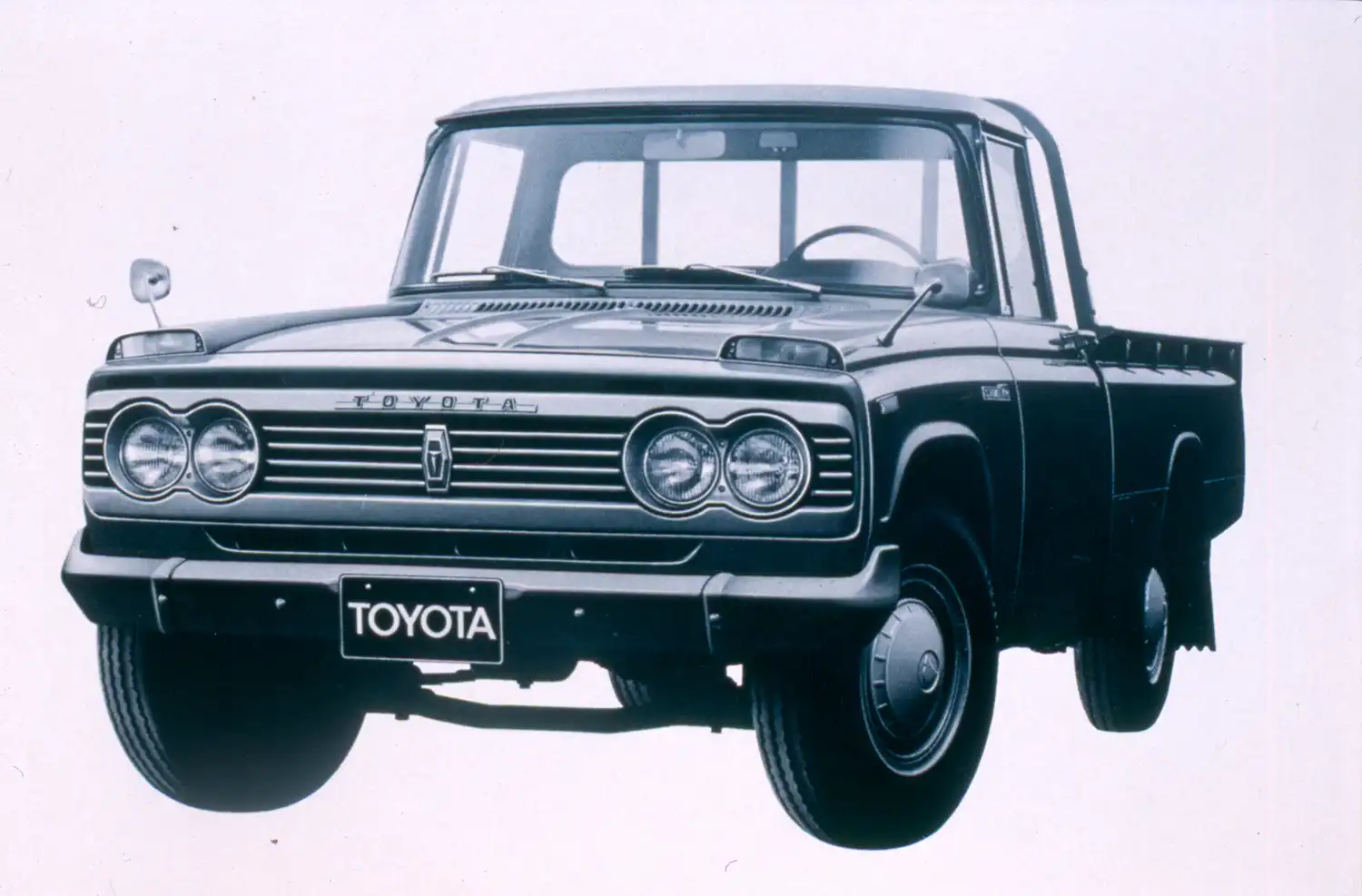
Engineering for Endurance: Power and Performance
The Stout from 1964 to 1967 came equipped with an engine designed for honest work. Early models often featured a 1.5-liter Type R inline-four engine, capable of producing around 60 horsepower. As the model progressed, some versions received the 1.9-liter 3R engine, boosting output to roughly 85 horsepower. While these figures might seem modest by today’s standards, they were perfectly suited for the tasks the Stout was designed to handle. Its performance was about consistent, reliable hauling, not outright speed. The Stout typically paired with a robust manual transmission, sending power to the rear wheels. This straightforward setup underlined its utilitarian focus.
A Design That Meant Business
Visually, the 1964-1967 Toyota Stout showcased a no-nonsense design ethos. Its clean lines and functional aesthetic truly embodied the era’s focus on utility. You’d notice its prominent front grille and purposeful bed, all designed for maximum practicality. This direct approach to form following function gave the Stout a rugged charm. Indeed, it clearly communicated its intent as a vehicle built to get the job done efficiently.
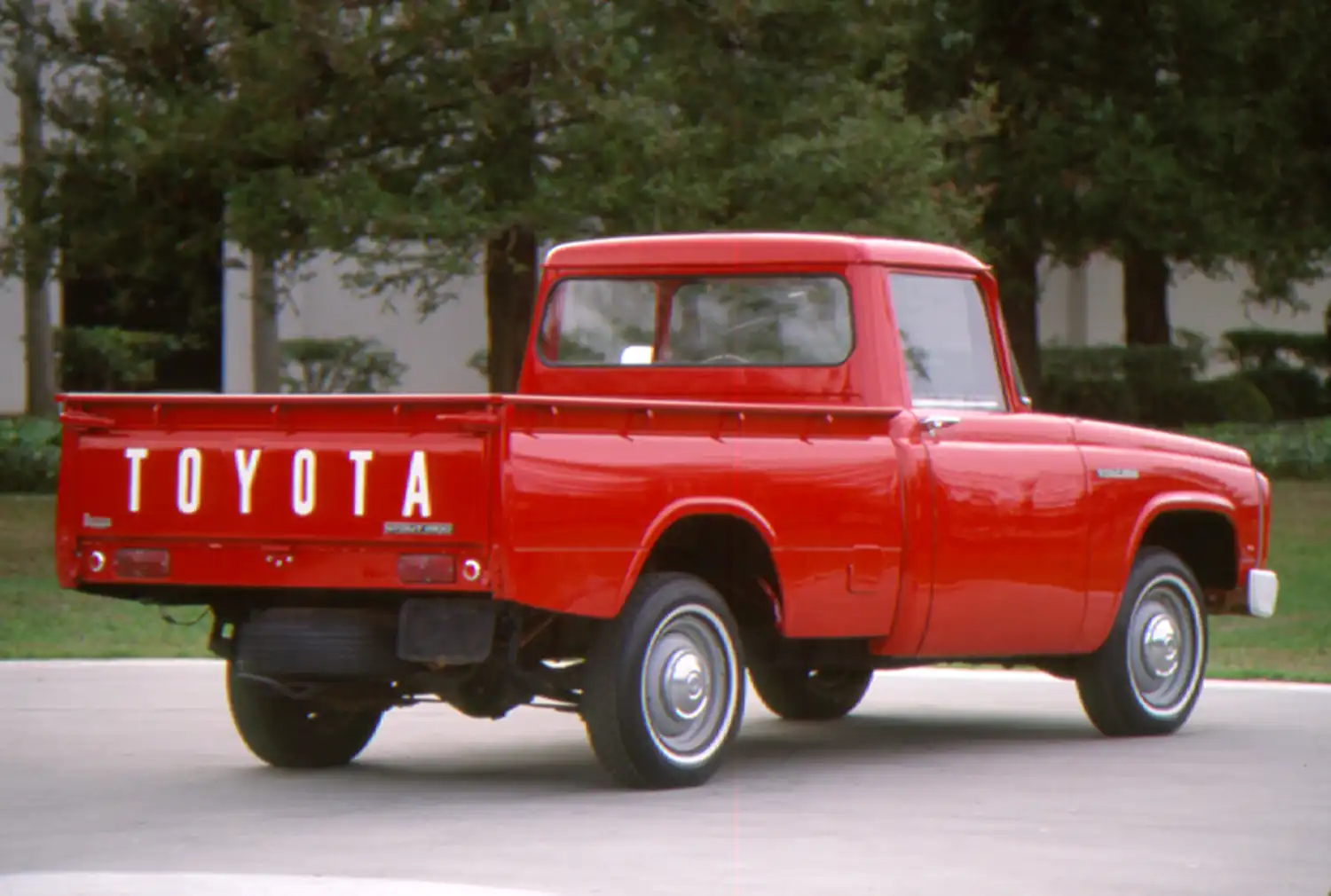
The Stout’s Global Footprint
Although its sales in North America were initially slow, the Stout found considerable success in other markets. It was assembled in various countries, including South Africa and Thailand, solidifying Toyota’s presence globally. This international reach was crucial for Toyota, allowing them to refine their truck offerings and understand diverse consumer needs. Consequently, the Stout proved that Toyota could build vehicles for the world.
Establishing a Reputation for Reliability
The Stout quickly gained a reputation for its unwavering reliability and robust build quality. Farmers, tradespeople, and small businesses valued its ability to withstand demanding conditions. This reputation for dependability became a cornerstone of Toyota’s brand identity, influencing future models like the Hilux. Ultimately, the Stout proved that a well-engineered vehicle could indeed stand the test of time.
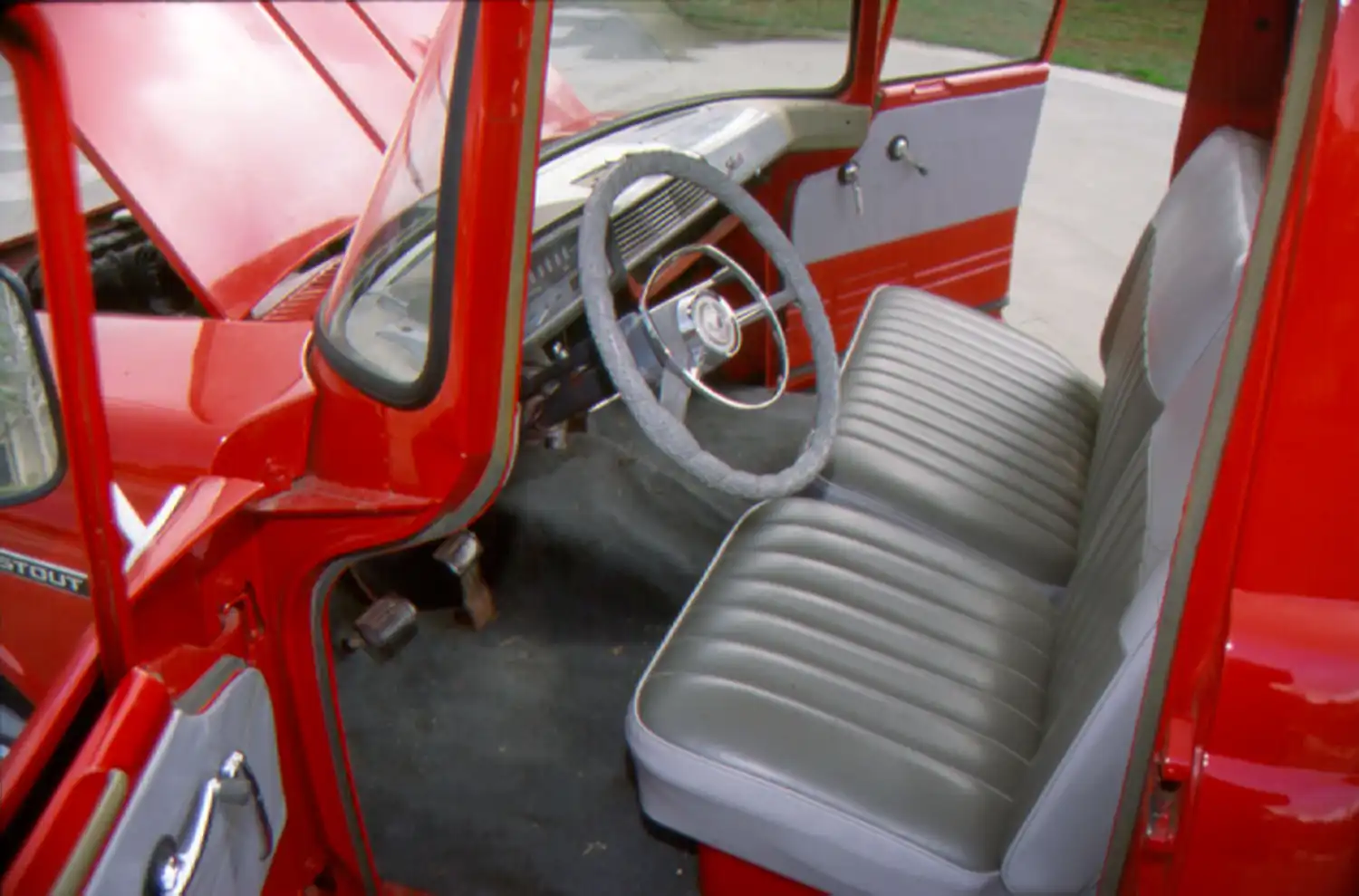
The Lasting Legacy of the First-Generation Toyota Stout
The 1964-1967 Toyota Stout might not be the most recognized Toyota truck today, but its impact is undeniable. It laid the vital groundwork for Toyota’s future success in the pickup truck market. This early workhorse helped establish the brand’s commitment to quality and durability. Therefore, the Stout is a true automotive icon, reminding us that every great journey begins with a solid first step. Its heritage continues to influence Toyota’s approach to truck design even now.
Summary The 1964-1967 Toyota Stout was a pioneering compact pickup truck that played a crucial role in establishing Toyota’s reputation for rugged, reliable vehicles. Featuring durable engines like the 1.5L and 1.9L inline-fours, and a functional, no-frills design, it was built for utility. While its North American sales were modest, the Stout found success globally, proving Toyota’s capability in the truck segment. Its lasting legacy is the foundation it laid for future Toyota truck successes, influencing subsequent models like the Hilux.
Disclaimer: Vehicle specifications and historical details mentioned are based on available information and may vary. Always verify details with authoritative sources.
Source: Toyota
